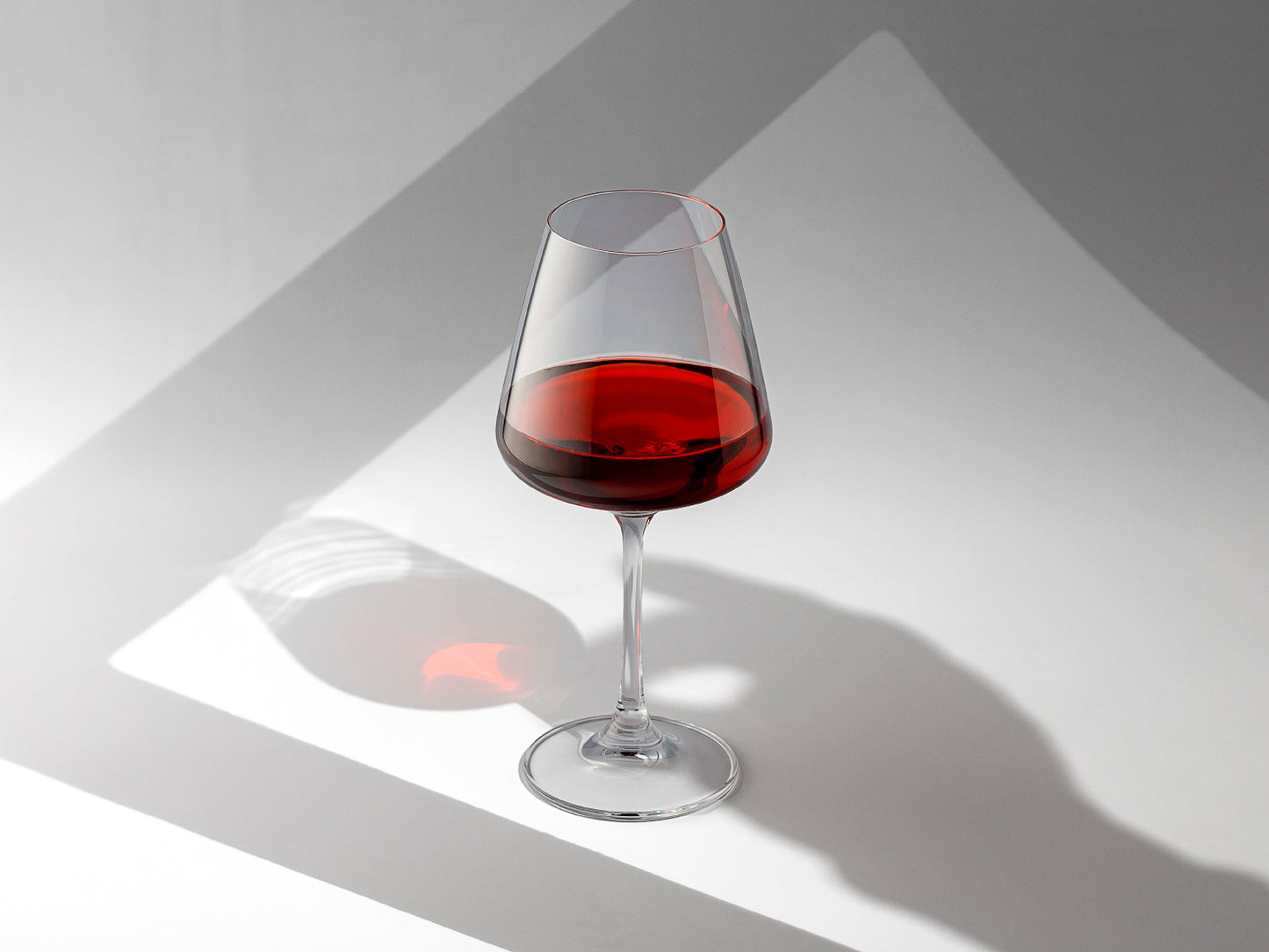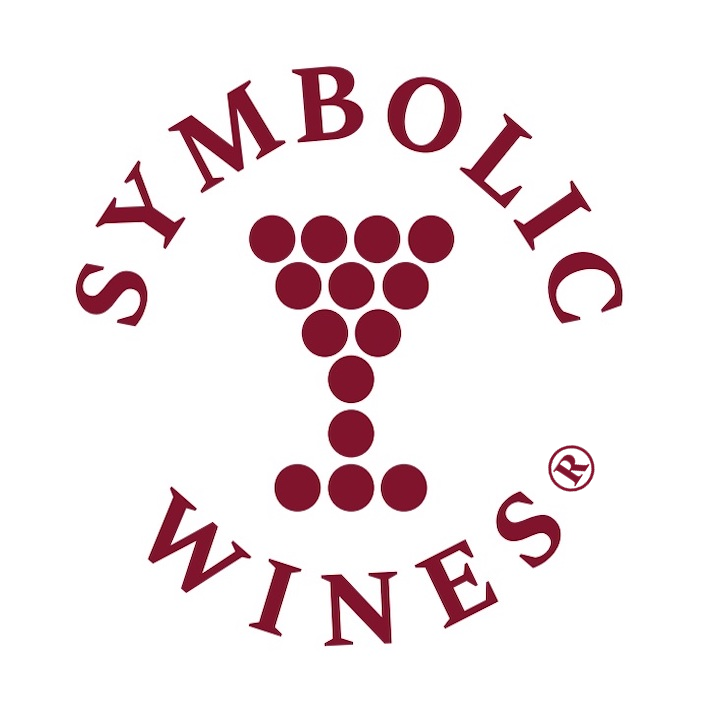
Credit to photo: Shutterstock/Rumka vodki; A-Pro
Text by: Gleb King
Red is the most popular wine type in the world. Also, it’s romanticized in every way – from religion to movies, books, songs and other kinds of art. Though the process of red winemaking is less complicated than white and rose’s, there are still a lot of variables to be paid attention to. As we have already said in this guide to white winemaking, there is a way to make white wine of red grape varieties, but you can’t make red from white ones. All the coloring goes from the grape’s skin, so, obviously, for red wine we need red grapes. Some of them contain less antocians – like Xinomavro from Greece, Pinot Noir from France or Nebbiolo from Italy – and the wine is pale red – but some are rich with coloring pigments, like Syrah or Cabernet Sauvignon – and their wine is rich with ruby red tint. There’s another popular fact about red – it contains resveratrol, a natural phenol that, as scientists say, may help lose weight and prevent heart diseases. Anyway, red is always a synonym to wine and when we think of the wine, most of us imagine red. In this article we tried to mention all the key points of red winemaking.
1. Harvesting
The time of harvesting is very important for most red grape varieties. As in the case of white grapes, the winemaker wants to keep the acidity and maintain enough sugar at the same time. So, it’s crucial to pick the grapes on the edge of ripeness and freshness. Red varieties are very sensitive to oxidation. Oxygen and high temperatures are not welcome guests here – they may lead to premature fermentation and loss of acidity, so grape picking is mostly performed in early mornings or even at nights. Winemakers do their best to stay cool and bring the grapes to the winery as fast as they can to prevent oxidation.
3. De-stemming / сrushing
At this stage the winemaker decides if he or she wants to add some «spice» from grape stems to the future wine. If properly used, the stems may add some green, vegetal or herbal notes to wine. In most cases the grapes are separated from stems, but it may happen that up to 50% of clusters proceed to the stage of pressing intact. If grapes are destemmed, they are also crushed to let the juice. This is done in order to set the sugar and juice free and start the fermentation.. This liquid of crushed grapes and juice is called the must. Crusher and destemmer is usually a big rotary machine.
4. Cold maceration
Some grape varieties need to spend some extra time in a cold and deoxygenated environment, to improve the aromatic qualities. Most of their aromas are hidden in skins and the winemakers pull it out by soaking the skins in juice.
5. Fermentation
Wine fermentation is a process of transitioning the sugars into ethanol by yeasts. There are two side-effects of fermentation – the rising temperatures and release of carbon dioxide or CO2. The first one is strictly controlled by winemakers because high temperatures lead to fast fermentation with undesired effects to the future wine’s aromas and tastes. This is why most fermenters are forcibly cooled or located in cooler environments such as wineries basements. By lowering the temperature, winemakers can slow down fermentation up to one or two weeks.
CO2 or carbon dioxide, produced by yeasts – is actually useful. During fermentation it naturally prevents juice from oxidation, not letting the oxygen in. When yeasts «eat» all the sugars, they fall to the bottom of the fermenter. The red wine ferments with grape skins floating on top. If a winemaker wants to add some flavor, he stirs the skins with juice during fermentation. There are several ways to do it:
The floating top is broken manually with a stick or automatically with special rotors on top of the fermenter.
The fermenting juice runs from the bottom of the vessel to the top, covering and mixing with the skins.
Juice runs out of the fermenter and after while is poured back over, watering the top.
6. Malolactic Fermentation
Or the second fermentation. In fact, it’s not a fermentation because the yeasts now are already dead. Instead of them, the lactic bacteria called Oenococcus oeni turns the malic acid into lactic one. The result is a different type of acidity – it feels softer, more creamy and buttery instead of being crispy, zesty and fresh. Second fermentation is frequently used with red wines.
7. Barrel aging
Oak aging messages to the future wine the nutty, vanilla, woody and honey-like tones. Though, in some wine regions and styles there may be no wood aging and the wine is reserved in steel tanks – with sediment or not – this is like cooking – each process is a spice. Which one is right – is the decision of the head winemaker.
8. Blending
You may make several tanks of wine with different parameters and mix them like perfume – to make the right balance. In the wine world the blending is called assemblage.
9. Filtering / Bottling
To clean the wine from any weighted particles, yeast leftovers, tartaric acid crystals and so on – it must be filtered. In most cases wine goes through a cascade of membrane filters. However, in some cases filtering is not needed. The bottling must be performed carefully – to prevent wine from extra oxidation. The small portion of oxygen captured under cork will influence the wine’s further bottle aging.
10. Bottle aging
Some producers decide to release wine after some time of aging in their own cellars. It may take from one year to decades in strictly controlled temperature and humidity, prevented from direct sunlight. After the wine is released – it may be aged further by the consumer or the wine trading company.
